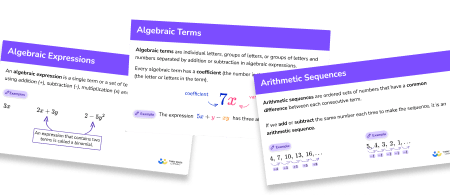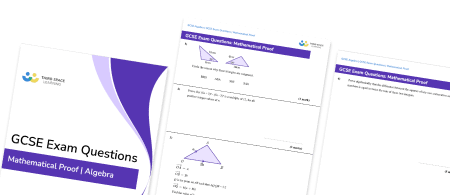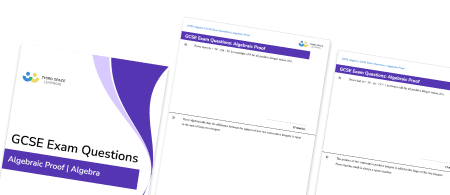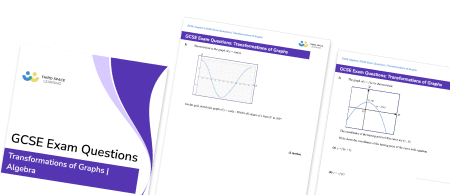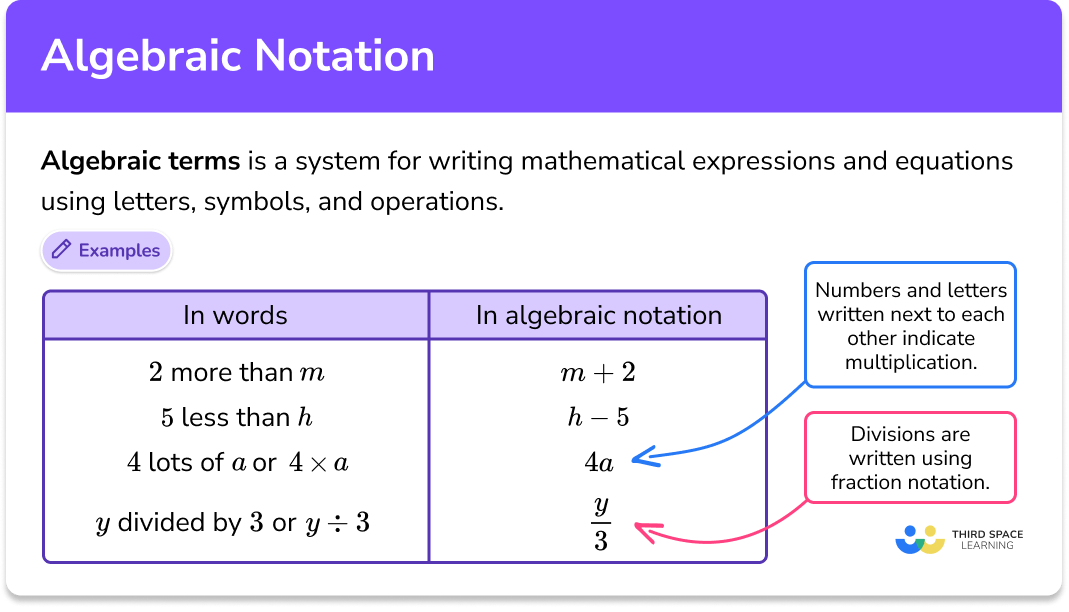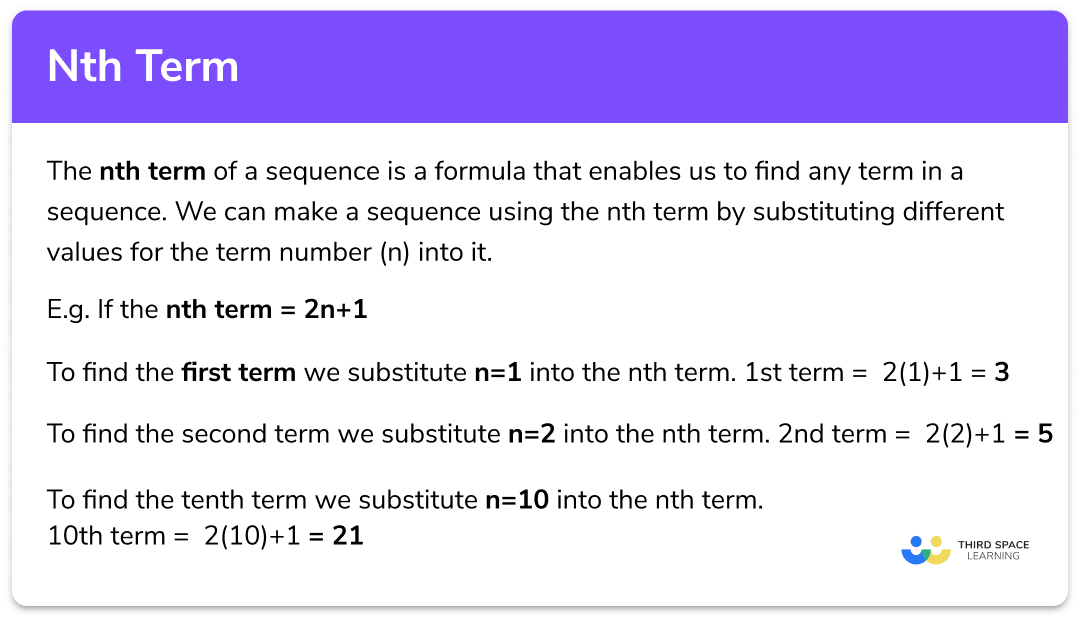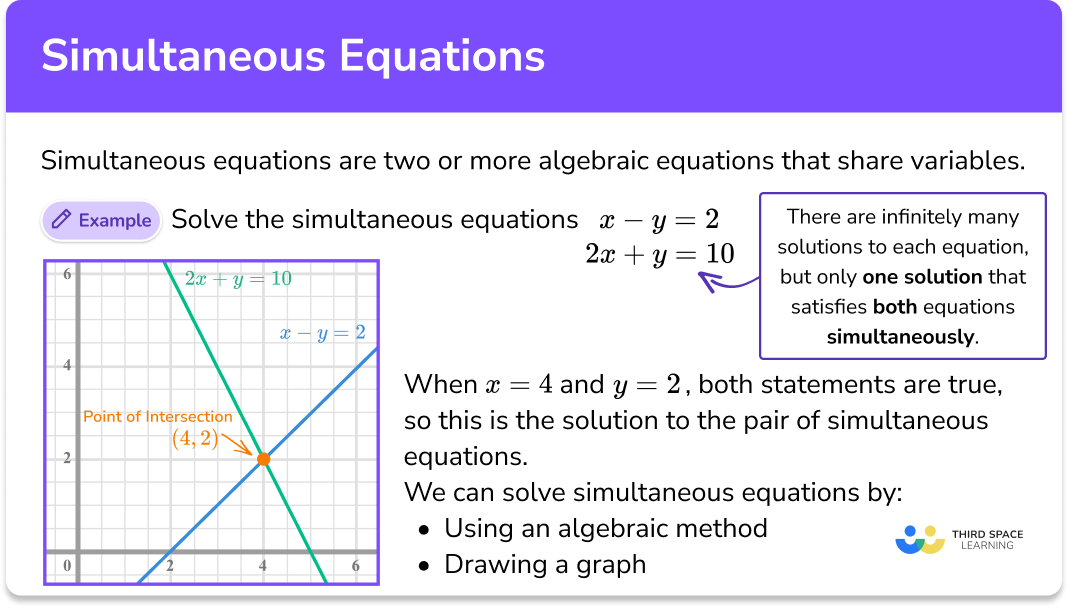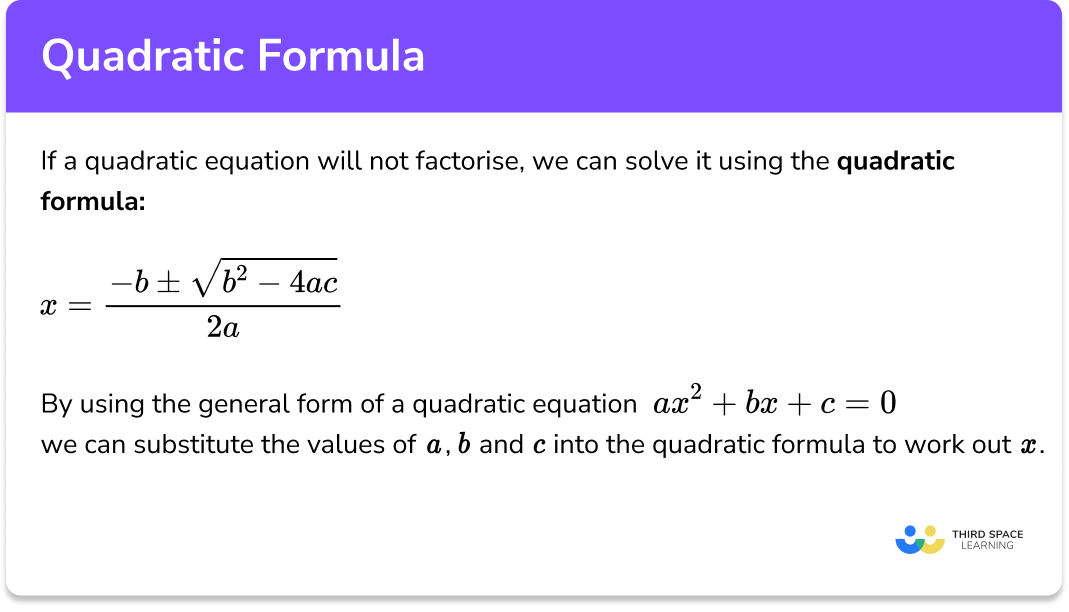FREE DOWNLOAD
Multiplying Indices Worksheet

Help your students prepare for their Maths GCSE with this free multiplying indices worksheet of 30+ questions and answers
- Section 1 of the multiplying indices worksheet contains 20+ skills-based multiplying indices questions, in 3 groups to support differentiation
- Section 2 contains 3 applied multiplying indices questions with a mix of worded problems and deeper problem solving questions
- Section 3 contains 3 foundation and higher level GCSE exam style multiplying indices questions
- Answer sheets and a mark scheme for all multiplying indices questions are provided
- Questions follow variation theory with plenty of opportunities for students to work independently at their own level
- All questions created by fully qualified expert secondary maths teachers
- Suitable for GCSE maths revision for AQA, OCR and Edexcel exam boards
Multiplying and dividing indices at a glance
Indices, also called exponents or powers, tell us how many times a number has been multiplied by itself. Indices are written in superscript. We can perform calculations involving indices and we can also simplify expressions involving indices.
When working on calculations involving indices, we must ensure we apply BIDMAS. The I in BIDMAS represents indices so any indices need to be worked out before any multiplication, division, addition or subtraction.
If we have an expression involving multiple terms with the same base number, we can simplify the expression by applying the rules of indices. Two of these rules state that xaxb=xa+b and xaxb=xa-b. When multiplying terms we add the powers and when dividing terms we subtract the powers. These rules also apply to algebraic expressions where unknowns are raised to powers. The rules of indices can be used with powers that are integers, fractions, decimals and with negative powers.
If presented with an expression using index notation but with different base numbers, it may be possible to change the base numbers so that they are the same and which would then allow the expression to be simplified.
Remember that for fractional powers, the denominator indicates the root of the number, which is then raised to the power of the numerator. For example the power of ½ means find the square root and the power of ⅔ means calculate the cube root and then square the answer.
Looking forward, students can progress with more indices worksheets to additional algebra worksheets, for example a simplifying expressions worksheet or simultaneous equations worksheet.

For more teaching and learning support on Algebra our GCSE maths lessons provide step by step support for all GCSE maths concepts.
Do you have students who need additional support?

With Third Space Learning's secondary maths tutoring programmes, students in Year 7-11 receive regular one to one maths tutoring to address gaps, build confidence and boost progress.
"My confidence in the tutoring is high. We've had some phenomenal results. I even had one girl get a Grade 8 this year; she came to every tutoring session."
Stacey Atkins, Maths Director, Outwood Grange Academies Trust

